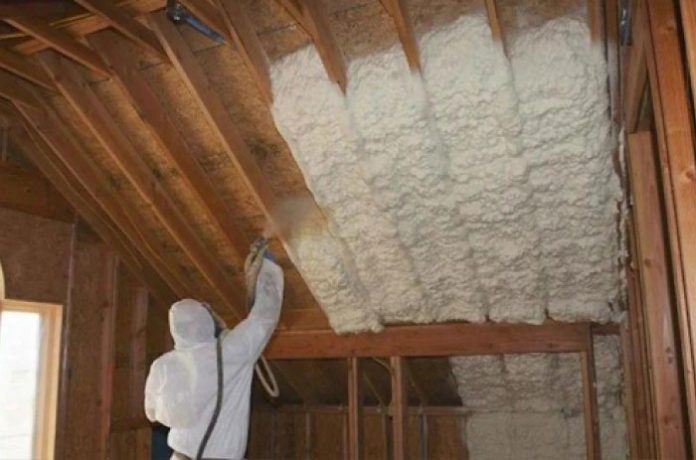We’ve all heard that home insulation can save us money in energy costs, but the economics of it might not be as clear. So, in this guide, we will nosedive into the cost-benefit analysis of home insulation to truly understand the mathematics behind it. Moreover, we will learn how it is effective in reducing overall costs and providing long-term value.
With a better understanding, homeowners can make wise decisions about their investments and see returns on what could be one of their most important financial investments, their homes!
Benefits of Insulation in the Long Run
Insulation – in a literal sense, means that you blanket or cover something. We have the latest techniques and advanced systems to make our homes insulated. Although it might not be as easy as it seems, there are some substantial long-term advantages.
Energy Efficiency
Proper insulation significantly improves a house’s energy efficiency. By reducing the amount of heat transfer, insulation helps maintain a consistent temperature inside the house, leading to lower energy bills and less strain on HVAC systems.
Comfortable Living Environment
Insulation also promotes a comfortable living environment. It aids in keeping the house warm in winter and cool in summer by regulating internal temperatures, ensuring greater comfort for the occupants.
Enhanced Home Resale Value
Since the home has an insulation system intact already, its resale value increased by a significant number. People often prefer homes with well-managed systems because they see them as very valuable.
Reduced Carbon Footprint
By reducing the need for excessive heating and cooling, insulation helps decrease energy consumption, thereby reducing your home’s carbon footprint. This is a substantial benefit in our growingly eco-conscious society.
Decreased Wear and Tear on HVAC Systems

Insulation eases the burden on HVAC (heating, ventilation, and air conditioning) systems by assisting in the maintenance of a constant indoor temperature. These systems may need fewer repairs and have longer lifespans as a result of the reduced strain.
Tax Rebates and Incentives
Homeowners who make investments in insulation and other energy-efficient house upgrades may be eligible for tax breaks and other incentives in certain regions. These advantages may even help to recover the installation’s initial expenditures.
Temperature Management
In regulating temperatures during extreme weather, insulation can be a key component. It is a wise investment for long-term comfort since it ensures heat in chilly winters and a cool environment in summer.
Read Also: Most Common Tricks To Manage Home Cooling Costs
Moisture Control
It keeps the structure of your home intact by reducing condensation, mold growth, and other water-related damage.
Identifying the Right Type of Insulation

Selecting the appropriate insulation type for your house is not a generic decision. It is influenced by a number of variables. For example, budget, the type of home, the climate, and your personal energy efficiency goals.
Following are some famous types of insulations that you can get for your home.
1. Rock wool Insulation
Rock wool insulation or mineral wool, is made from rock and slag. It is a great option for interior walls because of its soundproof and fire-resistant properties.
2. Rigid Foam Insulation
Rigid foam insulation is best for insulating foundations and basements, where it helps prevent moisture issues. It also works well for insulating under floors and on flat roofs.
3. Cellulose Insulation
Many consider it better than fiberglass because of its capability to avoid air leaks. You have to get professionals on board to install it. Plus, it can be used anywhere in the home as it is created with environmentally friendly material.
4. Fiberglass Insulation
The major factor why many people prefer it is because of its affordability and installation. Residents of dry climates can use it effectively.
5. Spray Foam Insulation
Spray foam insulation is more expensive than other types, but it provides a higher R-value (a measure of thermal resistance), making it very effective at insulating homes. It’s best suited for hard-to-reach areas and new construction projects. Proper installation is key with spray foam insulation, so make sure to consult a professional – visit them here.
Reflective or Radiant Barrier Insulation
Reflective or radiant barrier insulation is most effective in hot climates. It reflects radiant heat, keeping homes cooler in the summer. It’s usually installed in attics to prevent heat gain from the roof.
Conclusion:
The importance of getting home insulation has grown over the years. Through this guide, you have learned the basic qualities and attributes of insulation. It will help to make a more informed decision about investing in home insulation.





